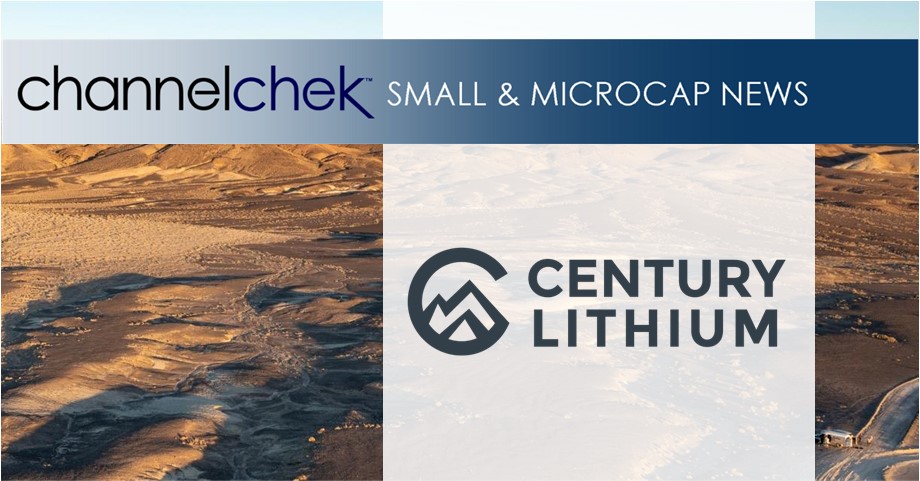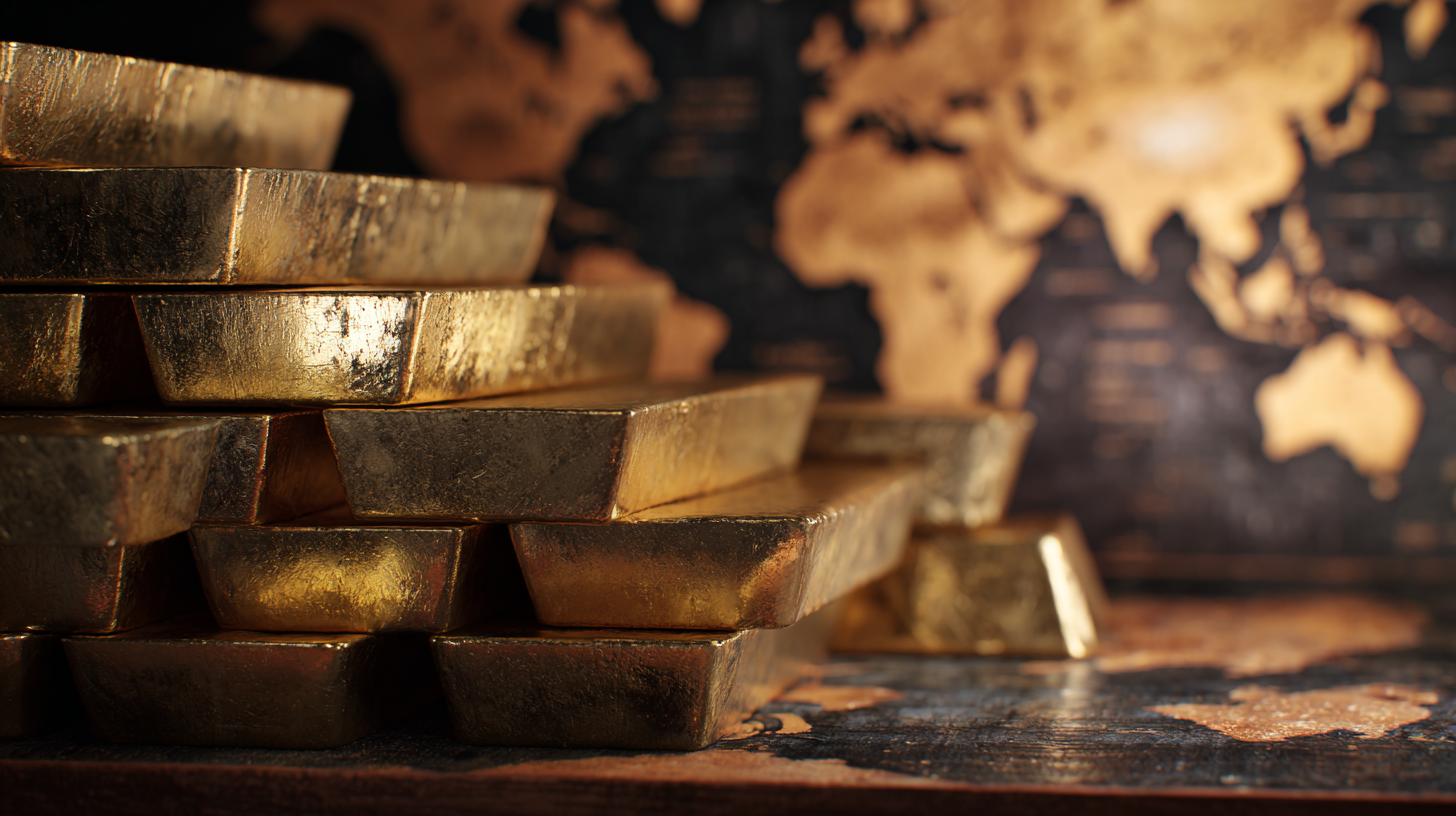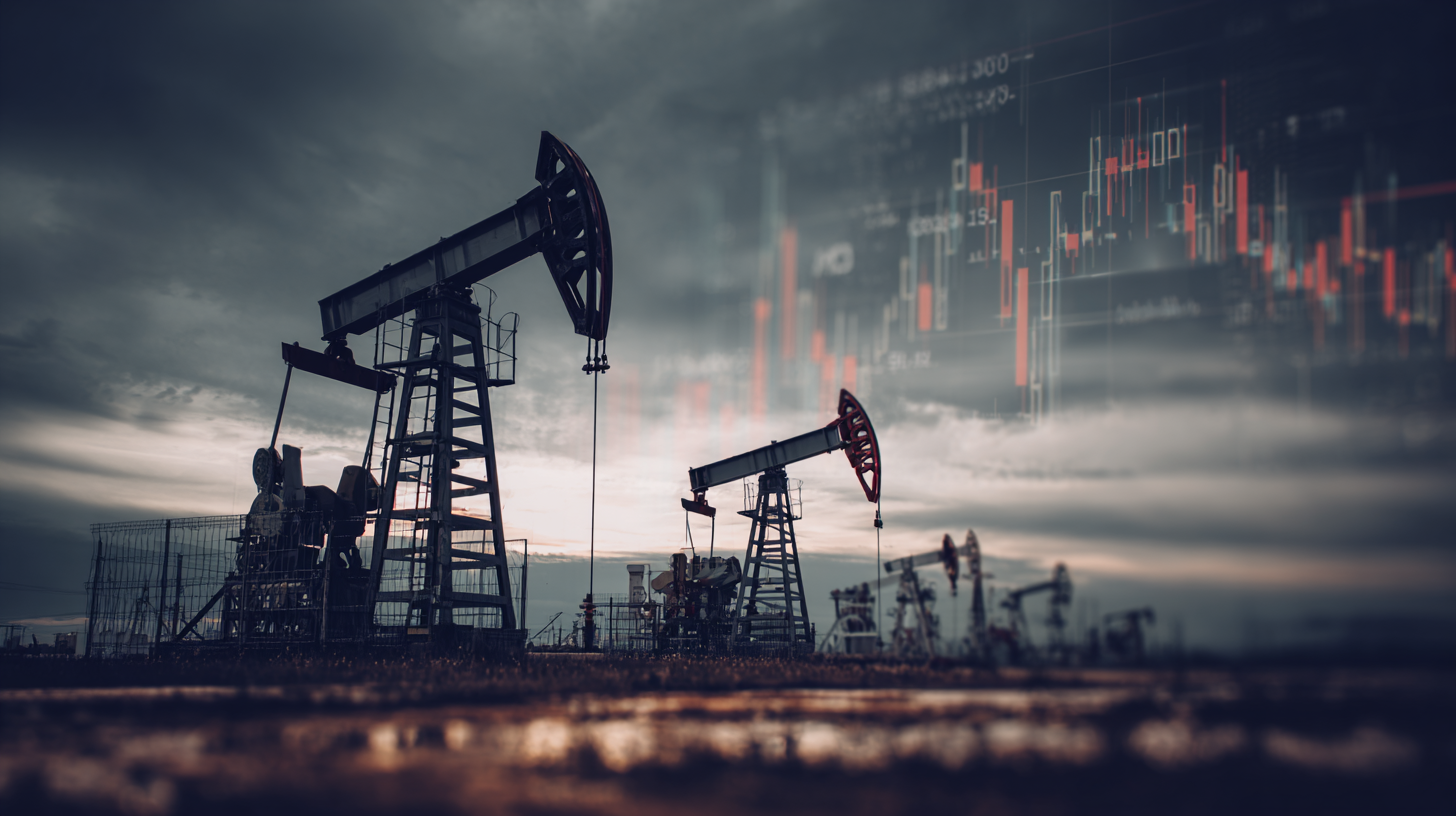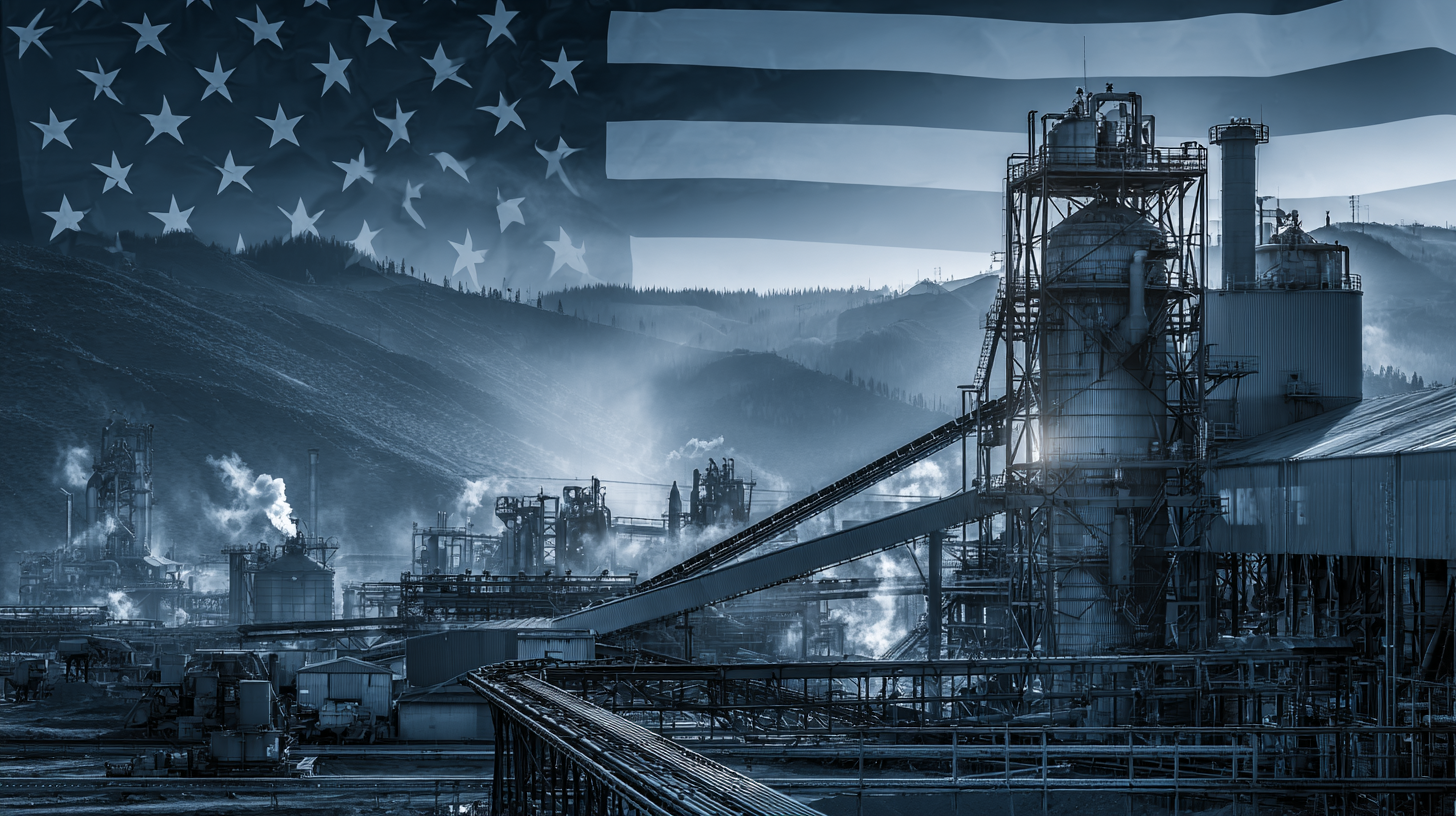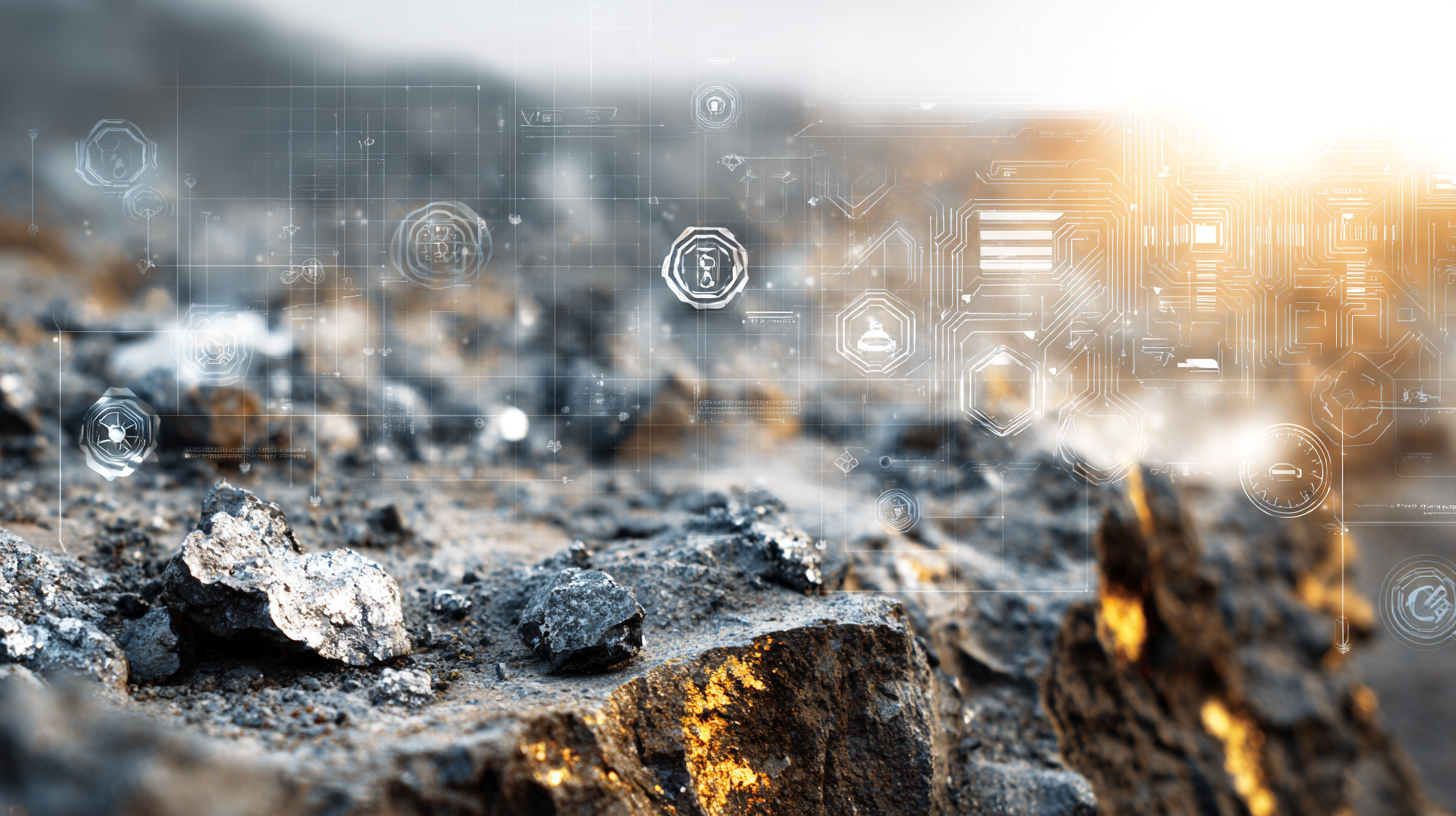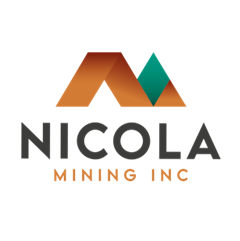
Research News and Market Data on HUSIF
December 29, 2025 9:00 AM EST | Source: Nicola Mining Inc.
Vancouver, British Columbia–(Newsfile Corp. – December 29, 2025) – Nicola Mining Inc. (TSXV: NIM) (the “Company” or “Nicola Mining“) is pleased to announce an additional investment from Ocean Partners UK Limited[1] (“Ocean Partners“), which has agreed to participate in a strategic non-brokered private investment of $1,000,000 to strengthen the Company’s balance sheet as it prepares to uplist onto NASDAQ in Q1 of 2026.
The Company will issue 1,111,112 units (each a “Unit“) at a price of $0.90 per Unit for gross proceeds of up to $1,000,000 (the “Offering“).
Each Unit will consist of one common share of the Company (each, a “Share“) and one transferable common share purchase warrant (each, a “Warrant“). Each Warrant will entitle the holder to purchase one additional Share at a price of $1.10 per Share for a period of three years following the closing of the Offering (the “Closing“). The expiry of the Warrants may be accelerated if the closing price of the Company’s common shares on the TSX Venture Exchange (the “Exchange”) is $1.70 or greater for a minimum of ten consecutive trading days, provided that a notice of acceleration is issued in accordance with the terms of the Warrants.
All securities issued in connection with the Offering will be subject to a statutory holding period expiring four months and one day after closing of the Offering. Completion of the Offering is subject to the approval of the Exchange. Any participation by insiders in the Offering will constitute a related party transaction under Multilateral Instrument 61-101 – Protection of Minority Security Holders in Special Transactions (“MI 61-101”) but is expected to be exempt from the formal valuation and minority shareholder approval requirements of MI 61-101.
The aggregate gross proceeds from the sale of the Offering will be used for general working capital.
None of the securities sold in connection with the Offering will be registered under the United States Securities Act of 1933, as amended, and no such securities may be offered or sold in the United States absent registration or an applicable exemption from the registration requirements. This news release shall not constitute an offer to sell or the solicitation of an offer to buy nor shall there be any sale of the securities in any jurisdiction in which such offer, solicitation or sale would be unlawful.
Strategic Advisor – Mr. Rahim Kassim-Lakha of Blue Sail Capital
Nicola is also pleased to announce the appointment of Rahim Kassim-Lakha, founder and CEO of Blue Sail Capital, as Strategic Advisor. With nearly 30 years of investing in global i capital markets and M&A experience, Mr. Kassim-Lakha has a proven track record in raising capital and structuring transactions. He has held senior roles at Fidelity Capital and U.S. Global Investors, where he managed over US$1 billion across three award-winning funds. As Strategic Advisor he will provide guidance on capital markets strategy and corporate development opportunities as Nicola advances its projects.
About Nicola Mining
Nicola Mining Inc. is a junior mining company listed on the Exchange and Frankfurt Exchange that maintains a 100% owned mill and tailings facility, located near Merritt, British Columbia It has signed Mining and Milling Profit Share Agreements with high grade gold projects. Nicola’s fully permitted mill can process both gold and silver mill feed via gravity and flotation processes.
The Company owns 100% of the New Craigmont Project, a high-grade copper property, which covers an area of over 10,800 hectares along the southern end of the Guichon Batholith and is adjacent to Highland Valley Copper, Canada’s largest copper mine. The Company also owns 100% of the Treasure Mountain Property, which is a fully-permitted high grade silver mine and includes 30 mineral claims and a mineral lease, spanning an area exceeding 2,200 hectares.
On behalf of the Board of Directors
“Peter Espig“
Peter Espig
CEO & Director
For additional information
Contact: Peter Espig
Phone: (778) 385-1213
Email: info@nicolamining.com
URL: www.nicolamining.com
Neither the TSX Venture Exchange nor its Regulation Services Provider (as that term is defined in the policies of the TSX Venture Exchange) accepts responsibility for the adequacy or accuracy of this release.
[1] Ocean Partners operates in several countries throughout the world. Ocean Partners maintains a strong global network of relationships and contacts in the base metal mining and smelting sector.
Source: Nicola Mining Inc.





